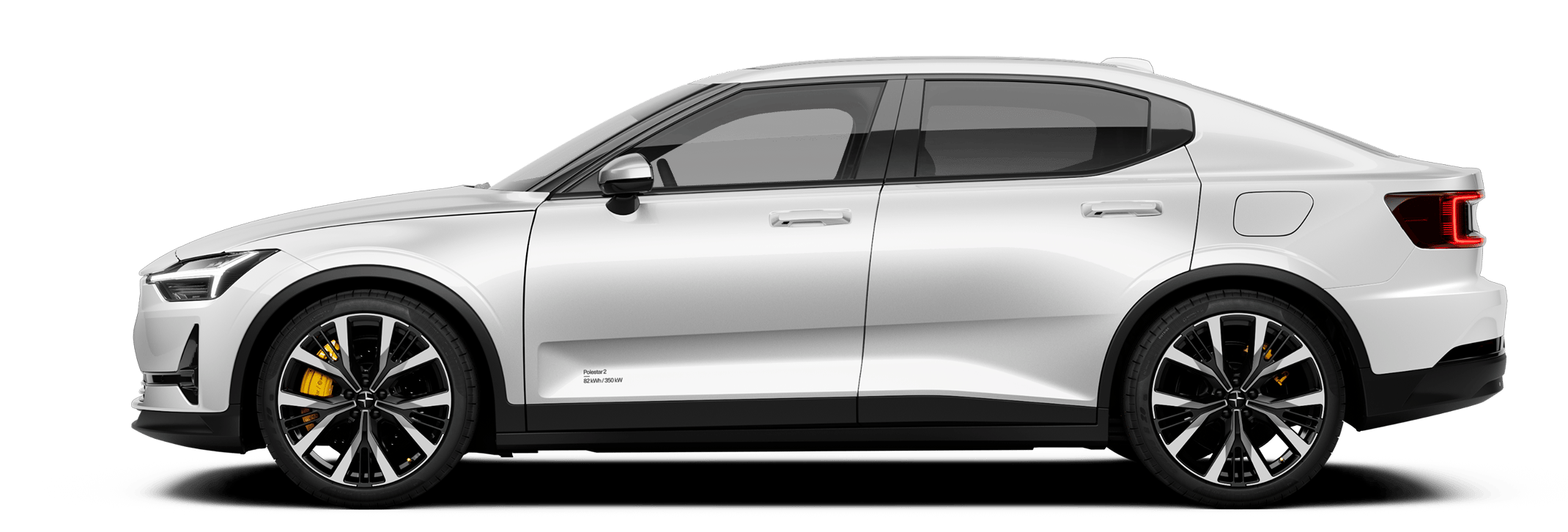ELI5: What is regenerative braking?
Imagine capturing energy every time you hit the brakes. Sounds like fiction? It’s not. Welcome to the world of regenerative (or “regen”) braking. This innovative technology is transforming how we think about energy efficiency in EVs.

What exactly is regenerative braking? In simple terms, it's a system that allows an EV to recover some of the energy that would otherwise be lost as heat during braking. Traditional vehicles rely on friction brakes, which convert the kinetic energy of the car into heat, wasting all that potential power. Regenerative braking, on the other hand, captures this kinetic energy and converts it back into electrical energy, which is then stored in the vehicle's battery.
This process might sound complicated, but it’s actually quite straightforward. In many EVs, including those with systems like Polestar, regenerative braking triggers whether you’re using the accelerator pedal or pressing the brake pedal.
The electric motor running the wheels reverses its function when pressing the brake pedal. Instead of consuming power to turn the wheels, it acts as a generator, converting the kinetic energy from the wheels back into electricity. This electricity is then fed back into the battery, effectively "recycling" the energy.
Deep dive
Let's break down the mechanics a bit more. At the heart of regenerative braking are three main components: the electric motor, the battery, and the control unit. When you hit the brakes, the control unit signals the motor to switch modes. The motor then uses the car's momentum to generate electricity, which is sent back to the battery for storage.
This process is smooth and quick, but there’s more to it. During regen, the brake lights are engaged to alert other drivers, and the system can exert a force of up to 3G. These are two of the most common questions drivers have about how regenerative braking functions.


Imagine cruising down the highway when you need to slow down for traffic. As you ease off the accelerator and apply the brakes, the regenerative braking system kicks in. Instead of merely slowing down through friction, the car uses its kinetic energy to recharge the battery.
Our Polestars feature a power and charge meter that helps you monitor this process in real-time. When you press the brake pedal, the meter shows how much regenerative braking is happening. If you apply enough force, an orange bar appears, indicating that the friction brakes are engaged. Contrary to what some might think, full-force braking isn't necessary to activate the friction brakes – they can engage with moderate pressure or in situations like when the battery is fully charged. This integrated approach ensures a smooth and efficient braking experience while maximising energy recovery.
Benefits of regenerative braking
One of the biggest advantages of regenerative braking is its contribution to energy efficiency. By recapturing energy that would otherwise be lost, EVs can extend their range – meaning you can drive further on a single charge. This comes in handy in our One Charge Challenge series.
Then there’s the cost-saving aspect. Regenerative braking reduces wear and tear on the traditional braking system, leading to lower maintenance costs. When you rely less on friction brakes, you won't need to replace brake pads as frequently.
Regenerative braking in Polestars
Our Polestar models are an excellent example of how regenerative braking and one-pedal driving are being seamlessly integrated, or “blended braking” as we call it. Although Polestars come with a brake pedal, it can be left untouched in many daily driving situations. By switching on one-pedal drive, releasing the accelerator brings the car to a halt, reversing the torque direction of the electric motors and activating the disc brakes when necessary.
Using just one pedal to accelerate or brake soon becomes second nature. To make it even more effortless, Polestars offer the option to adjust the braking intensity to match your personal preferences and requirements. Choose “Low” for more coasting on the motorway, “Standard” for more stopping power in busy city traffic, or “Off” if you prefer full coasting mode and to drive with two pedals.
When regenerative braking is active, releasing the accelerator or pressing the brake pedal will reverse the torque of the electric motors. This not only slows the car down but also turns the motors into generators capable of recharging the battery pack. As a result, the system turns every speed reduction into useful energy instead of just useless heat.
Less speed, more energy.







